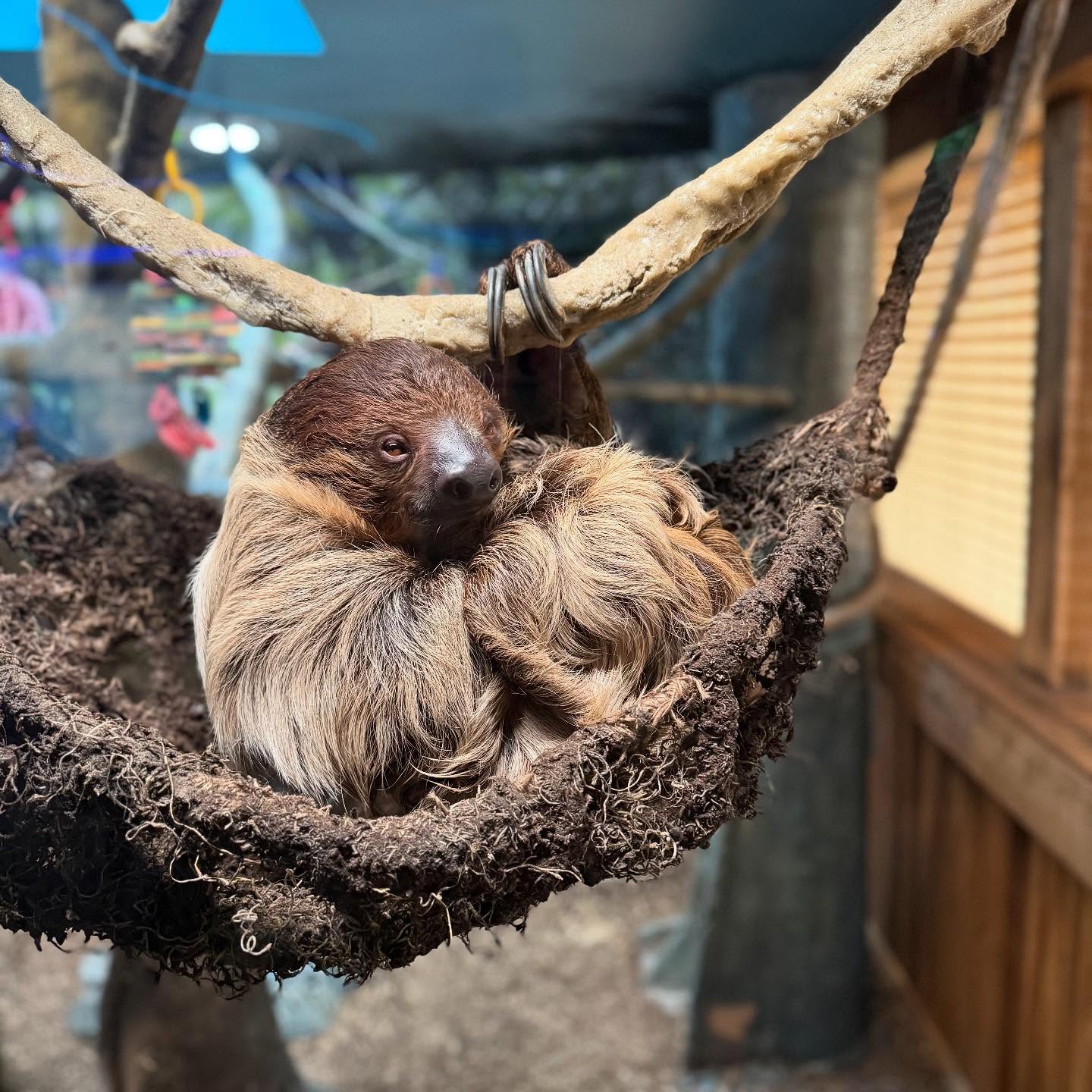- The impact of midday naps on animal behavior and ecology
- Challenges and considerations in zoo management related to animal sleep patterns
- The importance of understanding animal sleep for wildlife conservation
- Comparative analysis of sleep patterns among different species
- Strategies for optimizing animal habitats to accommodate natural sleep cycles
Understanding how sleep affects animals provides insight into their behavior and the broader ecological roles they play. Most creatures exhibit distinct sleep patterns that may vary considerably from humans’. While many animals sleep at night, some species rely heavily on naps during the day. Midday naps can serve critical functions, such as energy conservation and predator avoidance. An interrupted nap may impact an animal’s alertness, sense of safety, and mood, potentially altering their interactions and activities.
Zoo managers face unique challenges when it comes to animal sleep. Providing spaces where animals can sleep undisturbed is crucial. Different species require specific environments that cater to their sleep habits. Aviaries, for instance, must consider the sleep schedules of birds, many of which engage in midday napping. Structured routines and environmental modifications, like natural sounds or lighting controls, enhance the living conditions of captive animals, allowing them to maintain their natural behavior as closely as possible.
Sleep research is paramount in wildlife conservation efforts. Many species in the wild face threats that disrupt their natural sleep cycles, such as habitat destruction and climate change. Understanding the intricacies of animal sleep allows conservationists to implement strategies that mitigate these impacts. Restoring natural habitats or creating wildlife corridors can help enhance sleep quality, ensuring animals maintain their natural rhythms and, consequently, their health.
Comparing sleep patterns across species reveals fascinating adaptability in various environments. Cetaceans like dolphins sleep with one hemisphere of their brain while the other remains alert, allowing them to breathe and be aware of predators. Birds may experience short, frequent naps during migration, a necessity for long flights. In contrast, land mammals like lions or elephants might have consolidated sleep periods but still indulge in midday napping to regulate their energy levels for nighttime activities.
Creating optimal habitats that respect natural sleep cycles enhances animal well-being in captivity. Incorporating elements that mimic an animal’s natural habitat supports healthier sleep. Zoo designers and managers must balance visibility for educational purposes with the necessity for animals to retreat and sleep undisturbed. Employing innovative designs that include secluded areas protected from noise can substantially improve sleep quality for zoo inhabitants.
In summary, the significance of midday naps for animals extends far beyond simple rest. It is an integral part of their survival and welfare. Comprehensive knowledge of these sleep patterns aids conservationists, ecologists, and zoo management professionals in crafting solutions that promote healthy ecosystems and captive environments. Through careful observation and adaptation, we can ensure that animals, whether in the wild or captivity, receive the care and respect they require to thrive.
*****
Source Description
When you get woken up from a midday nap 😵💫


